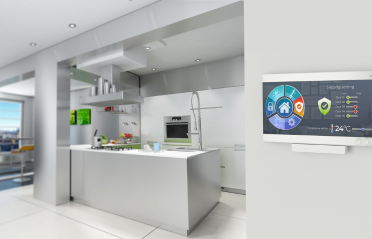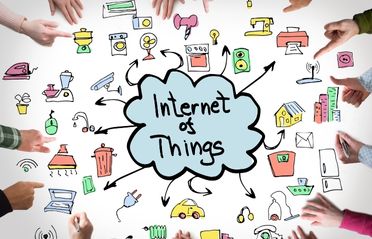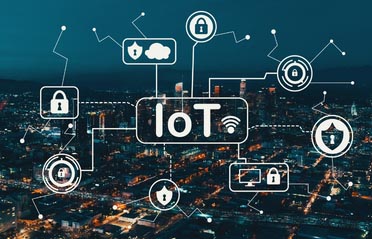Video and image analytic software monitor and analyze video streams and images to find patterns and anomalies. The market for such software is increasing rapidly, as corroborated by a report by 6wreseach, which states that the video surveillance market in India is expected to grow at a CAGR of 17.8% during 2021-27. The report also showed that the Government and Transportation sector is the biggest amongst the various vertical markets. This is because the significant use-case of video and image analytics is in surveillance. According to the report, the positive outlook of the Indian Government and the various initiatives such as Smart Cities Mission, UDAN scheme, Atal Mission for Rejuvenation, and Urban Transformation (AMRUT) has led to this rise. The rise in demand is also due to purchase orders for surveillance devices by various state governments. Not long ago, Forbes India reported that Delhi had surpassed metropolitans like New York, London, and Shanghai in being the most surveilled city per square mile. This means Delhi has more than 1826 surveillance cameras per square mile, followed by London (1138) and Chennai (609).
Video and Image analytics is also used in traffic management for Automatic License Plate Recognition (ALPR), issuance of over-speed challan, red light or any other traffic violation. Airports are planning to use image analytics to allow passengers to unpack their bags virtually. The scanners embedded with image analytics will provide better object detection and significantly reduce the number of bags that will need to be checked manually. Many insurance companies use image analytics to assess damaged vehicles for easy resolution of claims.
Few real-world uses of Video and Image analytics by Indian Public Sectors-
- As per the Times of India, Gujarat Police has decided to set up their video analytics program to train police personnel. This will increase the speed of crime detection and prevention. Earlier, the CCTV videos were sent to 3rd party experts for video and image analysis.
- Surakshavyuh, a solution for CCTV video analytics, is installed in Naval Docks of Vishakapatnam. It was developed with the help of the National Center of Excellence in Technology at IIT-Bombay and is capable of real-time intrusion detection, perimeter monitoring, face recognition, and crowd counting.
- Indian Railways has deployed a network of more than 500 CCTV cameras embedded with face recognition technology across 30 railways stations.
The Indian Government and the various state governments are spending heavily on surveillance and monitoring equipment. The spending is only expected to rise as incidents of thefts, women safety and terrorism rise year after year. Moreover, rapid urbanization is also a factor to deploy surveillance cameras around the cities. Software such as HSC’s Core Image and Video Analytics (CIVA)act as the main component to these surveillance devices. CIVA is a generalized classification (what) and segmentation (where) engine that works on both videos and images. It is coupled with HSC’s big data framework accelerator to provide an easy-to-use system.

 Product Engineering Services Customized software development services for diverse domains
Product Engineering Services Customized software development services for diverse domains
 Sustenance Engineering Going beyond maintenance to prolong life of mature products
Sustenance Engineering Going beyond maintenance to prolong life of mature products
 Managed Services Achieve scalability, operational efficiency and business continuity
Managed Services Achieve scalability, operational efficiency and business continuity
 Technology Consulting & Architecture Leverage the extensive knowledge of our Domain Experts
Technology Consulting & Architecture Leverage the extensive knowledge of our Domain Experts

























